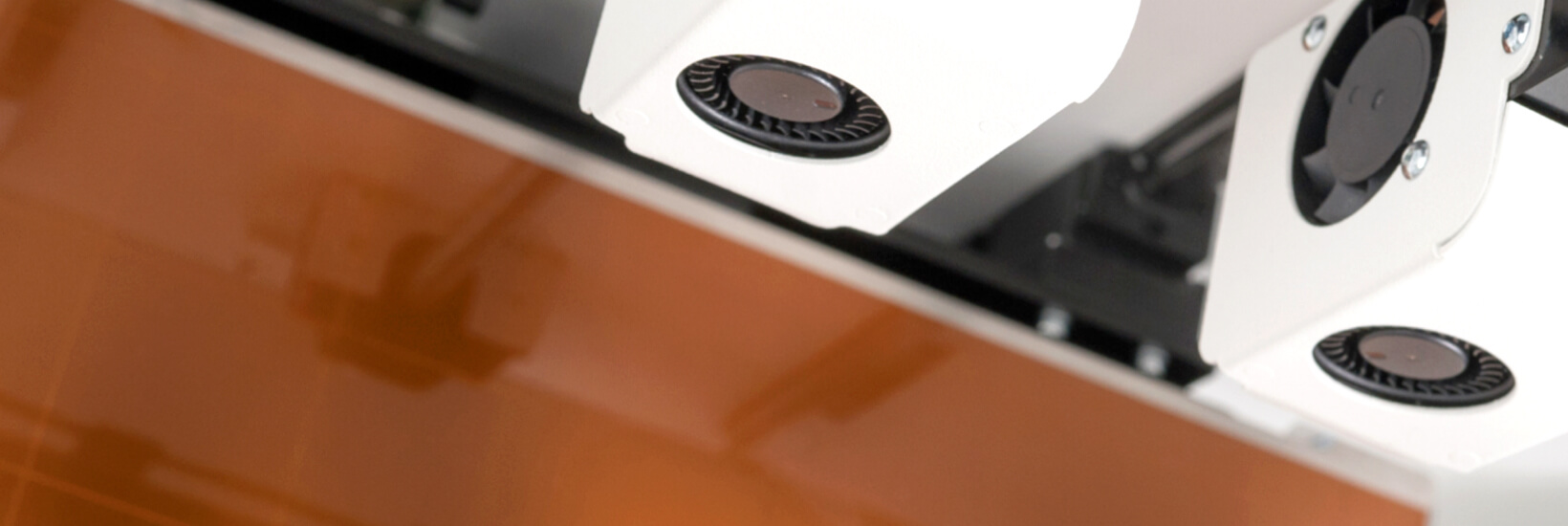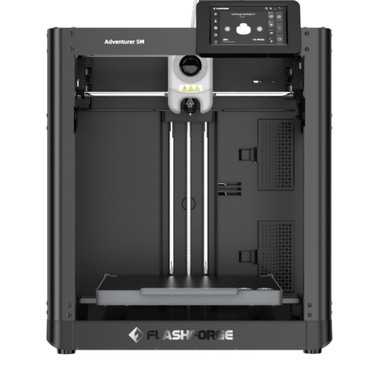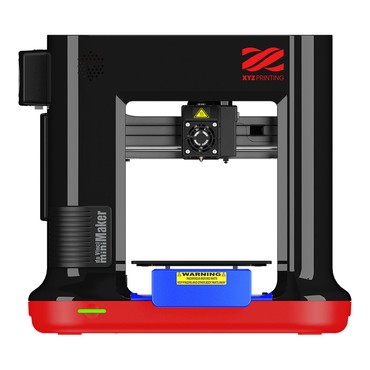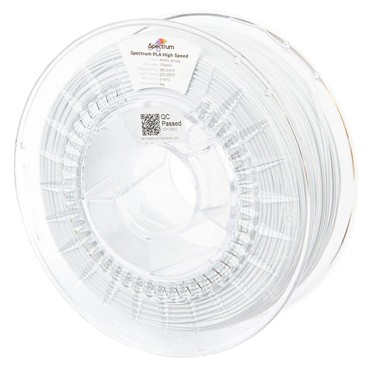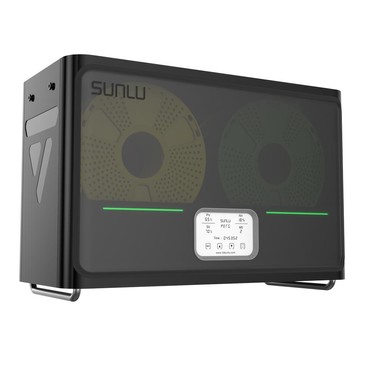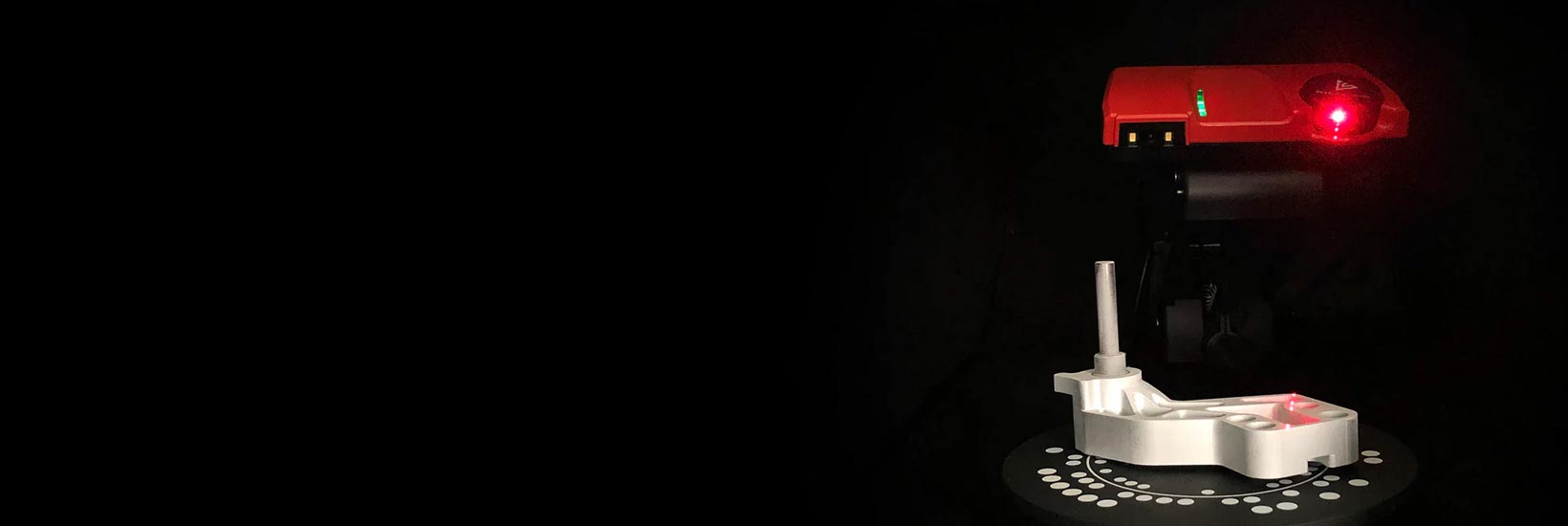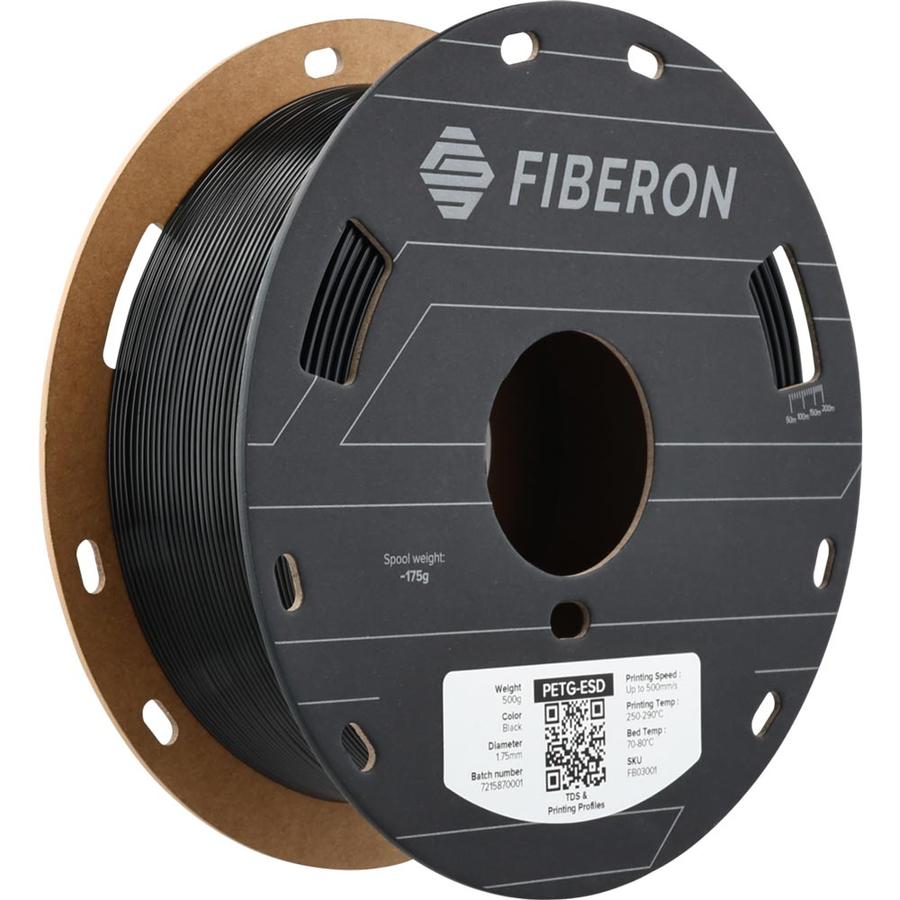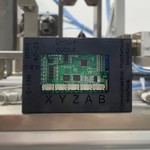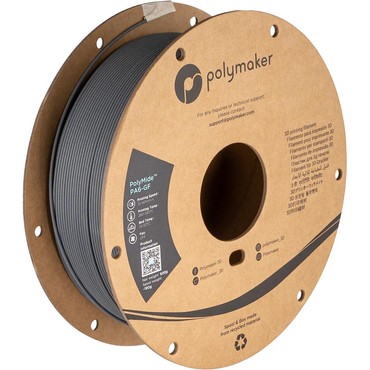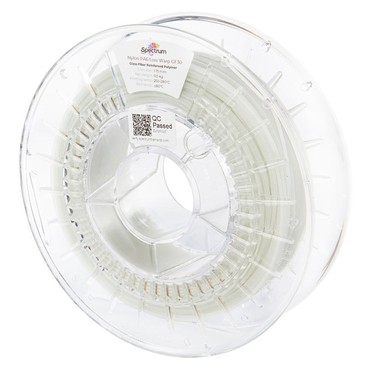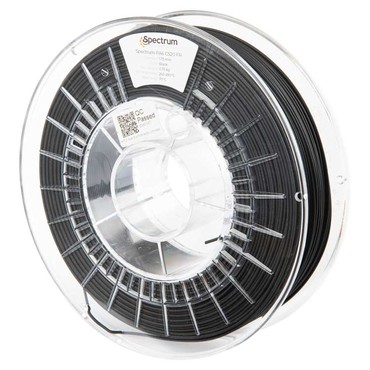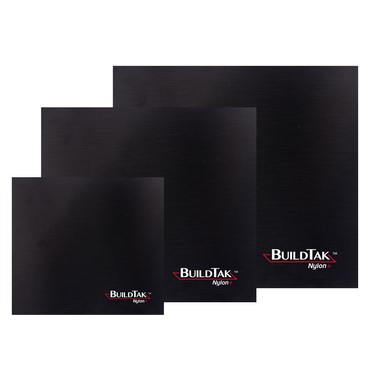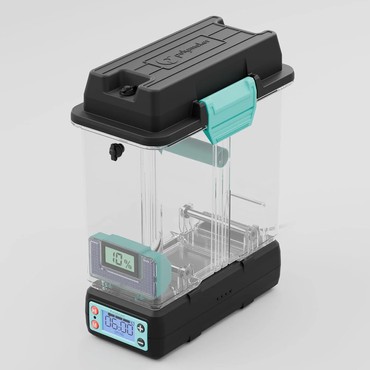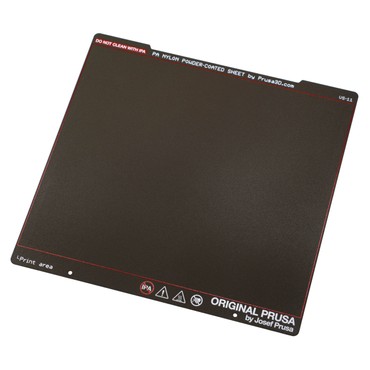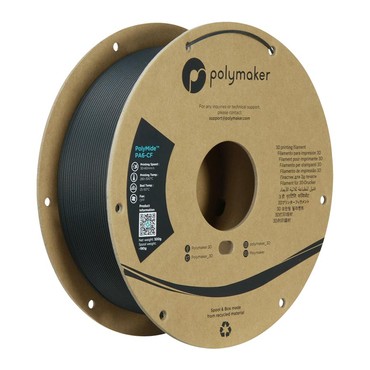Polymaker Fiberon™ PETG-ESD 1.75 mm / 500g / Black
Offers electrostatic discharge (ESD) safety with improved toughness making
PETG-ESD / in 1.75mm / 500g, 3000g / black
- Manufacturer: Polymaker
- Manufacturer number: FB03001
- EAN: 6938936714651
- Item number: 37525
- Availability: from stock > delivery time 1-3 working days

Polymaker Fiberon™ PETG-ESD (Formerly PolyMax™ PETG-ESD)
- excellent printability
- protects against electrostatic discharge
- cost-effective
Fiberon™ PETG-ESD offers electrostatic discharge (ESD) safety with improved toughness making it a good candidate for applications in electronics industry.
NOTE: ™ PETG-ESD is compounded with carbon nano-tubes:
Here is a research regarding ABS compounded with carbon nano-tubes.
Download the TDS to learn more about the performance of the material.
Printing Requirements
- All-metal hotend 250˚C+ recommended
- Material
Fiberon™ PETG-ESD - Printing temp.
250 - 290 ˚C - Heatbed
70 - 80 ˚C - Chamber Temperature
Room Temperature - Surface
BuildTak, Magigoo - Filament diameter
1,75 mm - Filament net weight
500 g / 3000 g - Gross weight
900 g / 4000 g - Storage
cool and dry
How long will PETG-ESD remain ESD safe?
The ESD (Electrostatic Discharge) safety of PETG-ESD filament can degrade over time, depending on environmental factors like humidity, temperature, and exposure to dust or contaminants. PETG-ESD filaments contain conductive additives, which can wear off or lose effectiveness due to surface abrasion or environmental wear. Typically, the ESD-safe properties should remain intact for 1-2 years under controlled conditions, but regular testing is recommended to ensure continued ESD performance. Storing parts in a clean, dry environment can help maintain their ESD properties longer.
Will the spools work in an AMS?
Yes! We have redesigned the edges of our spools so all Polymaker products will now spin great in the AMS.
That said - you will need to be careful when using any abrasive materials in the AMS.
What is the difference between PET and PETG?
PET and PETG differ in their chemical structure, properties, printability, and applications. PETG is more flexible, easier to print, and suitable for 3D printing and medical applications, while PET is more durable and suitable for applications requiring thermal resistance.
